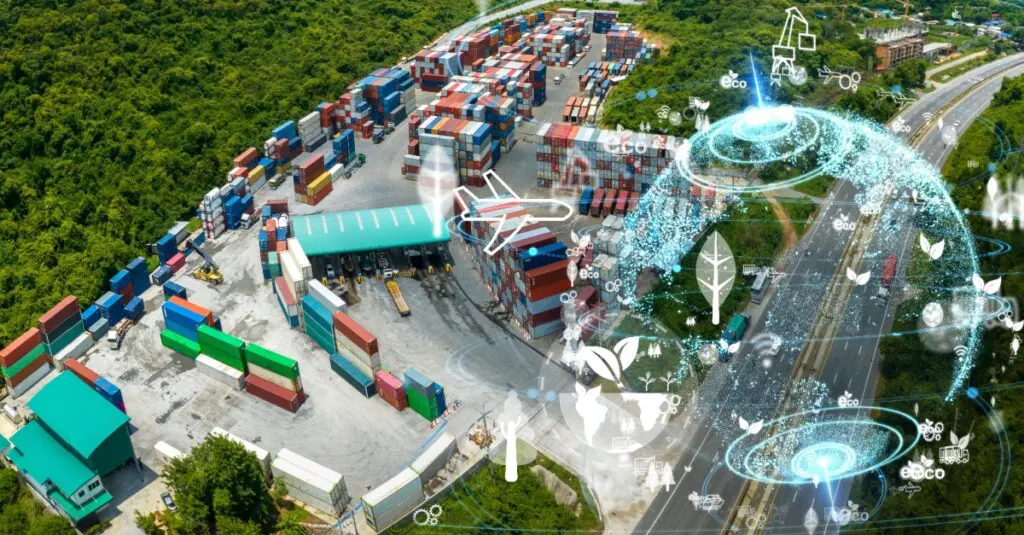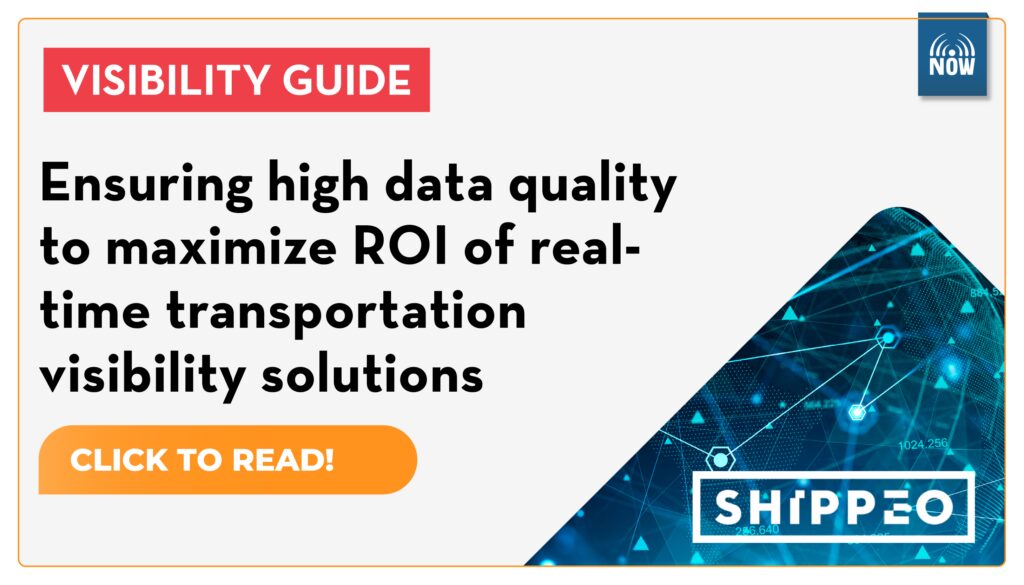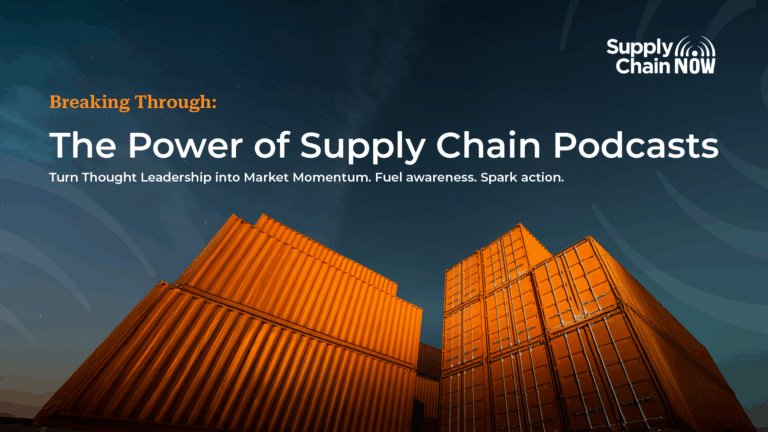Breaking Through: The Power of Supply Chain Podcasts
In a world of constant digital noise, marketing leaders need more than impressions—they need attention, trust, and measurable results. Supply chain podcasts have emerged as one of the most effective ways to achieve that, offering a platform to extend your reach to hard-to-access decision-makers, build authentic thought leadership, drive demand and generate qualified leads, and strengthen both brand recognition and visibility.
More Guides

supply chain sustainability
Guides
July 2, 2024
Guide to Sustainability in Logistics: Implementing Eco-Friendly Practices
The logistics and transport sector contributes about 24% of global CO2 emissions. Considering the push for supply chain sustainability across different sectors, the need for lower emissions has been heating up in recent years. With roughly a quarter of the world’s emissions tied to logistics, this industry will possibly be the final frontier to tackle regarding sustainability. While different strategies can be leveraged to reduce the impact of logistics operations on the environment, integrating eco-friendly practices and reducing Scope 3 emissions are some of the most pressing initiatives at hand. This article serves as a guide that will provide actionable steps for companies to embrace innovative solutions and navigate the transition toward a greener future. Scope 3: Understanding Supply Chain Emissions Modern supply chain management outsources different parts of the operation to leverage the expertise of different suppliers and stakeholders. Logistics operations are usually outsourced to third-party providers, and exercising control over their operations and monitoring their sustainability practices and emissions can be challenging. Here’s the harsh reality: no matter how well an organization manages to reduce Scope 1 and 2 emissions, the unaddressed Scope 3 emissions can bring the entire process to a screeching halt. This is especially true…

Guides
November 25, 2024
Visibility Guide- Ensuring high data quality to maximize ROI of real-time transportation visibility solutions
Maximize the ROI of your transportation solutions now. Real-time transportation visibility is now more accessible thanks to advancements in connectivity, IoT devices, and modern systems. Supply chain priorities have shifted from simply tracking shipments to accurately predicting ETAs and identifying potential delays. This guide dives into the methodologies for ensuring high-quality visibility data, empowering you with actionable insights to optimize shipment flows and overall supply chain performance. Download the Visibility Guide Here

